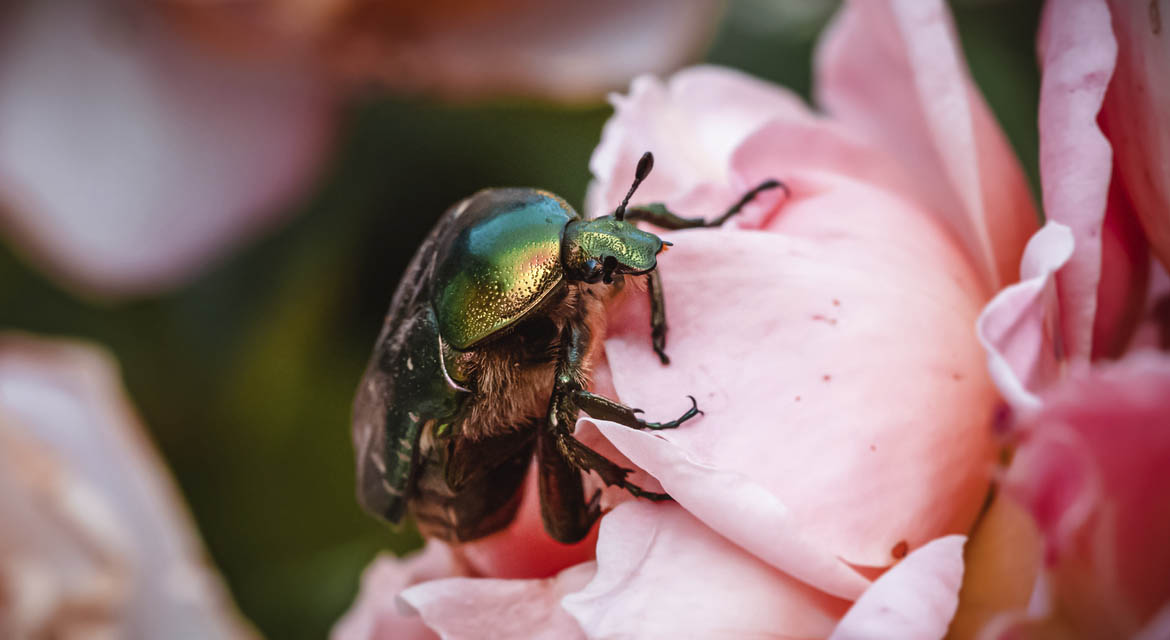Beetle Facts & Information
Beetle Overview
Beetles constitute one of the most diverse and abundant groups in the animal kingdom, with over 350,000 recognized species and possibly millions more awaiting discovery. These remarkable insects are characterized by their hardened forewings, known as elytra, which form a protective shield over their delicate hindwings. Beetles can be found in almost every corner of the globe, from the deepest rainforests to the harshest deserts, and they play vital roles in various ecosystems. Their ecological significance ranges from pollination and decomposition to pest control. Beetles display incredible diversity in size, shape, and behavior, making them a fascinating subject of study for entomologists and a ubiquitous presence in our daily lives, from the charismatic ladybug to the inconspicuous but essential dung beetle. Their adaptability and resilience have allowed them to thrive for millions of years, making them a testament to the evolutionary success of the insect world.
What do Beetles Look Like?
Beetles exhibit a wide range of appearances, but they share some common characteristics that distinguish them from other insects. Most notably, beetles have a tough, chitinous exoskeleton that covers their entire body, with their front pair of wings modified into hardened, protective coverings called elytra. These elytra often come in various colors and patterns, providing a striking visual aspect. Beneath the elytra, beetles possess a pair of hindwings, which they use for flight. Their bodies can vary greatly in shape and size, from the streamlined form of predatory ground beetles to the more oval and compact shape of ladybugs. Additionally, beetles typically have biting mouthparts, which they use for feeding on a wide range of food sources, including plants, fungi, other insects, and even carrion. This structural diversity allows beetles to occupy various ecological niches and adapt to different environments across the globe.

Not the pest you are looking for?
Check out our pest library to see what other pests we have articles on
Beetle Treatment
Beetle treatment refers to a range of methods and strategies employed to manage and control beetle infestations, particularly when they become pests in agricultural, forestry, or domestic settings. Depending on the specific beetle species and the extent of the infestation, treatments may include chemical pesticides, biological control methods, physical barriers, or cultural practices. Chemical pesticides can be effective but should be used judiciously to minimize environmental impact. Biological control involves introducing natural predators or parasites of the beetle species to reduce their populations. Physical barriers, like screens or traps, can help prevent beetles from entering structures or protect valuable crops. Cultural practices may involve crop rotation or sanitation to disrupt the beetle’s life cycle. Effective beetle treatment often requires a tailored approach based on the type of beetle and the circumstances, aiming to minimize damage and ecological harm while safeguarding the affected area.

